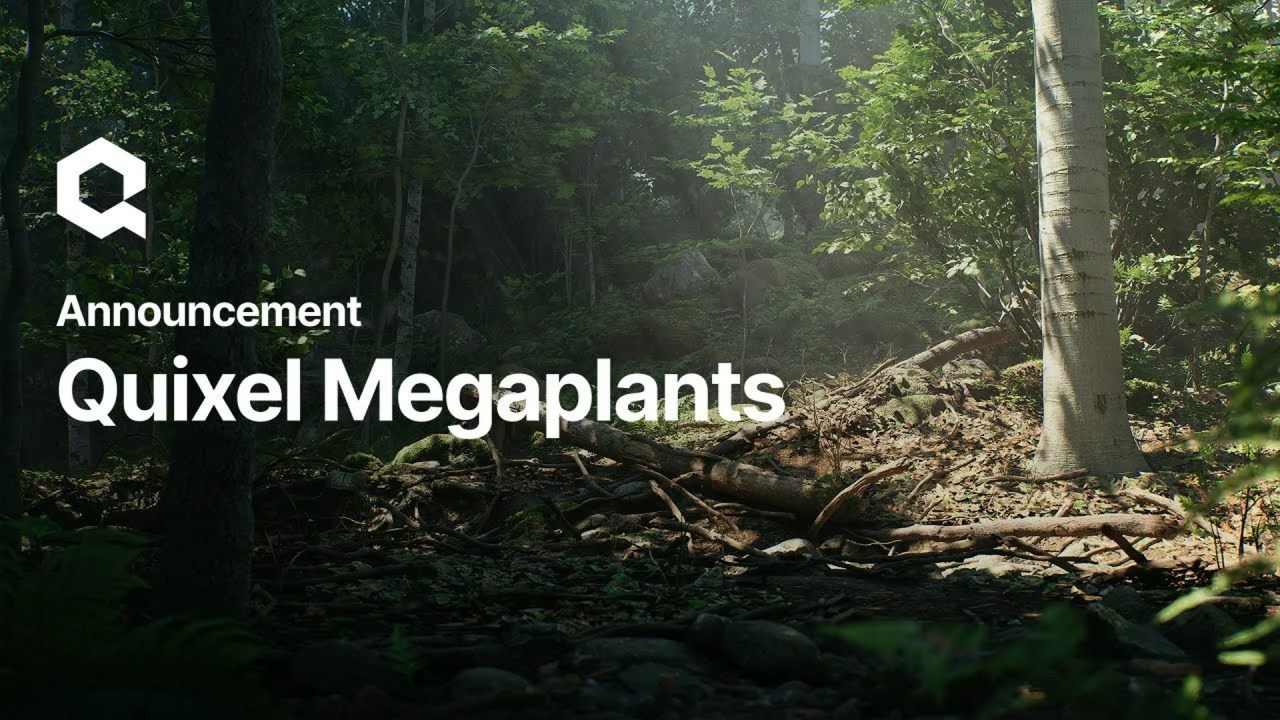Explore the creation of immersive industrial environments with Max Hay’s comprehensive tutorial. Learn to model factory assets, craft realistic shaders, and build detailed scenes, all while gaining access to free Blender files and asset packs.
Dive into the world of creating intricate industrial environments with a new tutorial and free asset pack from Max Hay. This resource is perfect for 3D artists and Blender enthusiasts looking to enhance their skills in environment design. The tutorial covers everything from modeling industrial components to setting up atmospheric lighting, providing a comprehensive guide to building detailed and realistic scenes.
Video via Max Hay Art
Free Assets to Get You Started
Max Hay is offering a free factory blend file and asset pack, which can be found on his website. This pack includes a variety of pre-made assets that can be used to quickly populate your scenes, saving you valuable time and effort. These assets are designed to be easily customizable, allowing you to tweak them to fit your specific needs.
Modeling and Texturing Techniques
The video tutorial begins with modeling factory pieces, showcasing the techniques used to create the basic shapes and forms that make up the industrial environment. The artist then moves on to creating a translucent shader, adding a layer of realism to the scene by simulating the way light interacts with certain materials. The process of creating a rust texture is also covered, providing valuable insights into how to add wear and tear to your models, enhancing their believability. According to the video, these touches contribute significantly to the overall atmosphere of the environment.
Building the Scene
The tutorial guides viewers through the process of creating a main bridge and concrete pillars, demonstrating how to construct the larger structural elements of the scene. The creation of a concrete material is also detailed, showing how to achieve a realistic look for these key components. Scene setup involves arranging these elements to create a visually appealing composition. The video explains how to strategically place these assets to guide the viewer’s eye and create a sense of depth.
Adding Detail and Atmosphere
Creating windows and halls adds depth and complexity to the environment, while general scene building techniques help to flesh out the overall design. The artist pays close attention to lighting and camera adjustments, demonstrating how to use these tools to create the desired mood and atmosphere. Duplicating assets and further scene building techniques are used to add density and detail to the environment, making it feel more lived-in and realistic. The video emphasizes the importance of these details in creating a convincing and immersive world.
Fine adjustments, such as fan blade adjustments and the creation of small wires/pipes, add further realism to the scene. Final lighting setup and various scene adjustments are made to refine the overall look and feel. Adding an area light helps to enhance the lighting, while a test render allows the artist to assess the progress and make any necessary changes. The video highlights the iterative nature of the creative process, with constant adjustments and refinements being made to achieve the desired result.
Cyber Environments Course
For those looking to delve deeper into the world of cyber environment creation, Max Hay also offers a Cyber Environments Course. This course provides a more structured and in-depth learning experience, covering a wide range of topics related to environment design. According to the course description, participants will learn advanced techniques for creating realistic and immersive cyber environments.



